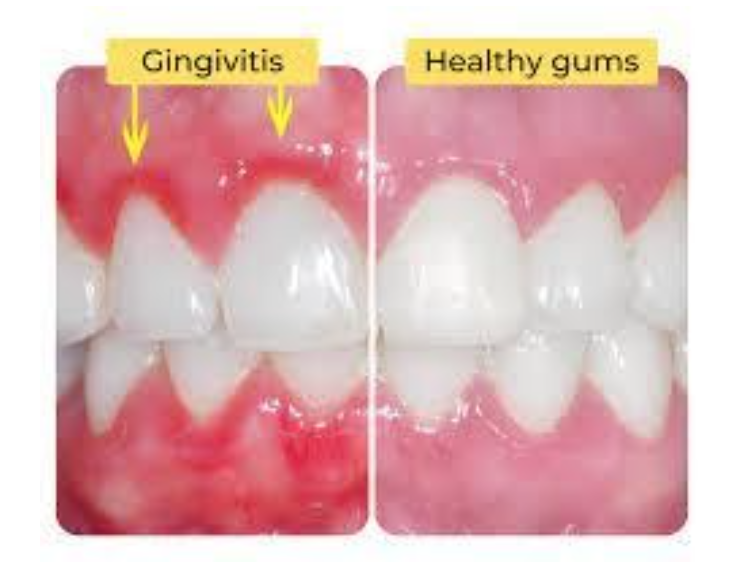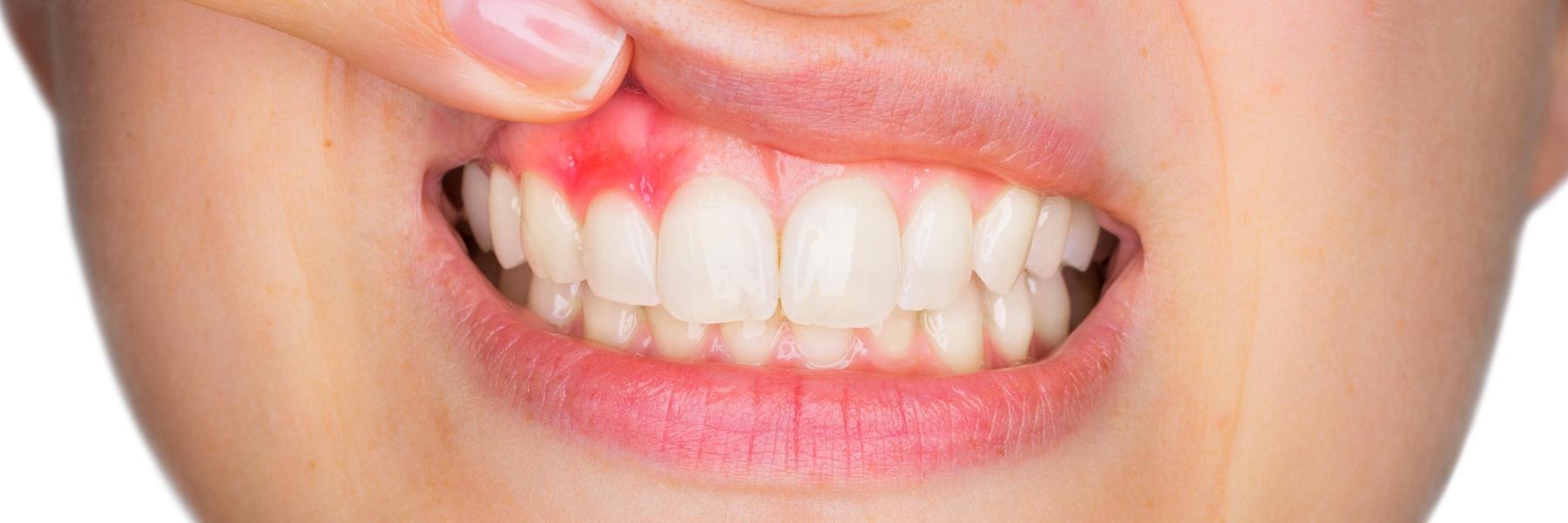
I am sure you’ve heard about gum disease. But what do you really know about it? While gum disease may be an unmentionable topic, it's not something to be ignored.
This bite-size article will explain everything you need to know about gum disease; from its basics, its symptoms, to its most effective treatments.
1. There Are Different Types of Gum Disease
Gum disease is a progressive disease, so there are different types of gum disease. There are two kinds of gum disease: gingivitis and periodontitis.
Gingivitis is the earliest form of gum disease, and it makes your gums red, puffy, and tender. Gingivitis is typically caused by poor oral hygiene, although other conditions can trigger it.
When left untreated, gingivitis turns into periodontitis. The plaque that builds up on the teeth spreads below the gum line and breeds bacteria. This bacteria causes a chronic inflammatory response, leading the gum tissue and bones supporting the teeth to deteriorate.
As the effects of periodontitis progress, your gums separate from your teeth and create pockets that may get infected. When the infection spreads, your teeth may become loose or need to be removed

2. It's Easy to Miss the Signs of Gum Disease
Approximately only 10% of adults who have gum disease know they have it. Most of the time, when someone has noticeable symptoms of gum disease, they mistake it for something else. This is why it’s essential to see your dentist regularly because they’ll know exactly what to keep an eye out for.
Signs of gingivitis include:
-
Swollen, red, painful gums
-
Gums that bleed when you brush, floss, or eat hard foods
-
Gums pulling away from your teeth
-
Moving teeth
-
Pus between your teeth and gums
-
Mouth sores
-
Persistent bad breath
Of course, if your teeth start hurting, you shouldn’t automatically assume you have gingivitis. But if the symptoms persist, you may want to schedule an appointment with your dentist.

3. Bad Oral Hygiene Leads to Gum Disease
And no, that’s not dentist propaganda to encourage you to floss more.
Gum disease progresses because of plaque build-up on your teeth, and daily oral care prevents bacteria from developing. The best thing you can do to prevent gum disease is to stick to your oral hygiene routine. Use a soft toothbrush to brush in a circular motion on your teeth gently, being sure to sweep away from the gumline. Since food build-up occurs between your teeth, using floss can help you dislodge any straggling bits and rinse everything out.

4. You Can Reverse Gingivitis
If you find out you have gingivitis, there’s no need to panic. As long as it’s in its early stages, you can reverse gum disease. If you start to notice symptoms of gum disease, you want to see your dentist before it can get any worse.
After your dentist gives you a deep cleaning, it’s up to you to maintain your pearly whites. Treating gingivitis is a lot like working to prevent gum disease, and it requires extra attention to your oral hygiene routine. Your dentist may recommend some additional steps in your process, such as using an antiseptic mouthwash.

5. Gum Disease Is More Common than You Think
If you develop gum disease, you aren’t alone. The CDC estimates that nearly half of adults over 30 have some form of gum disease, and that jumps up to 70% for adults over 65.
Additionally, oral hygiene isn’t the only factor that causes gum disease; you could brush your teeth twice a day and still end up with gingivitis if you have a predisposition for it.
Factors that may increase your risk of gum disease include:
-
Using tobacco products or smoking cigarettes
-
Family history of gum disease
-
Chronic stress
-
Medications that affect oral health
-
Bruxism (teeth grinding)
-
Chronic illnesses like diabetes, rheumatoid arthritis, or heart disease
-
Not getting enough nutrients in your diet
If you think you may have gum disease, schedule an appointment with your periodontal dentist to get checked out before it gets any worse. If you’re in the Houston area, you can give us a call at (713) 457-6351 or fill out our online form to schedule your appointment.

